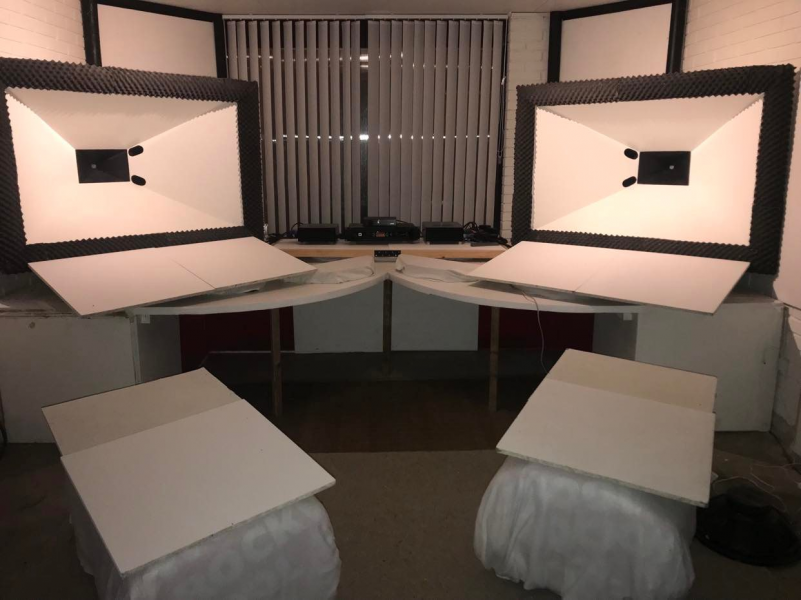So when a lot of people on this forum, claims that the objectivist are only looking at graphs, the at least give us an example of such a person. Otherwise it is just strawman argumentation, that only serves to confuse and ridicule those who (also) have a serious approach.
Here is one example. For some reason, ASR has deleted his (Uwe's) original posts so you can only see his replies quoted in other posts. For context: 64 Audio Trio IEM's are measured. They perform quite well, but people balk at the $2500 asking price. Some people jump in and say that their Truthear Zero IEM's also comply with the Harman curve and "outperform" the 64 Audios simply on the basis of published measurements. None of them have heard the 64 Audio IEM in question, and they base their assessment purely by looking at graphs.
So, it is NOT a strawman.
It is totally true. I post more on ASR than I do here, and I see examples of this behaviour all the time. A bad review based on a limited set of steady state measurements = huge pile on by people who hate high end audio.
For example, it is widely known that
any measured frequency response obtained from headphones is variable - depending on measuring rig, whether a HATS (Head and Torso Simulator) was used, whether the pinna and ear canal resembles a human ear canal or not, measurement protocol, clamping pressure, adequacy of seal, insertion depth (for IEM's), and so on. To add insult to injury,
the measured frequency response is not the same as what you will hear, because of differences in head width, clamping pressure, seal, shape of pinna and external auditory canal, and so on.
Yet the measurement crowd ignore this and boldly state (in that thread that I linked above) that all headphones that measure the same will sound the same, to the extent of dismissing and rubbishing products they have never heard or evaluated themselves.
Don't forget that confirmation bias works both ways, and nothing causes confirmation bias more than knowing the frequency response beforehand. I am convinced this is why so many people on that forum love the Truthear Crinacles and Dan Clark Stealths for their superb measurements and compliance to the Harman curve. I bought both products. I found the Truthears unforgivably bright, and the Stealths to be damp sounding and lacking in treble. Yet they both comply with the Harman curve ... on their test rig. On my head it's a different story. At least I know what I am listening for, having experience with hundreds of headphones and hifi setups. Those guys have convinced themselves that Truthear IEM's are a gift from god and nothing else can possibly be better.







